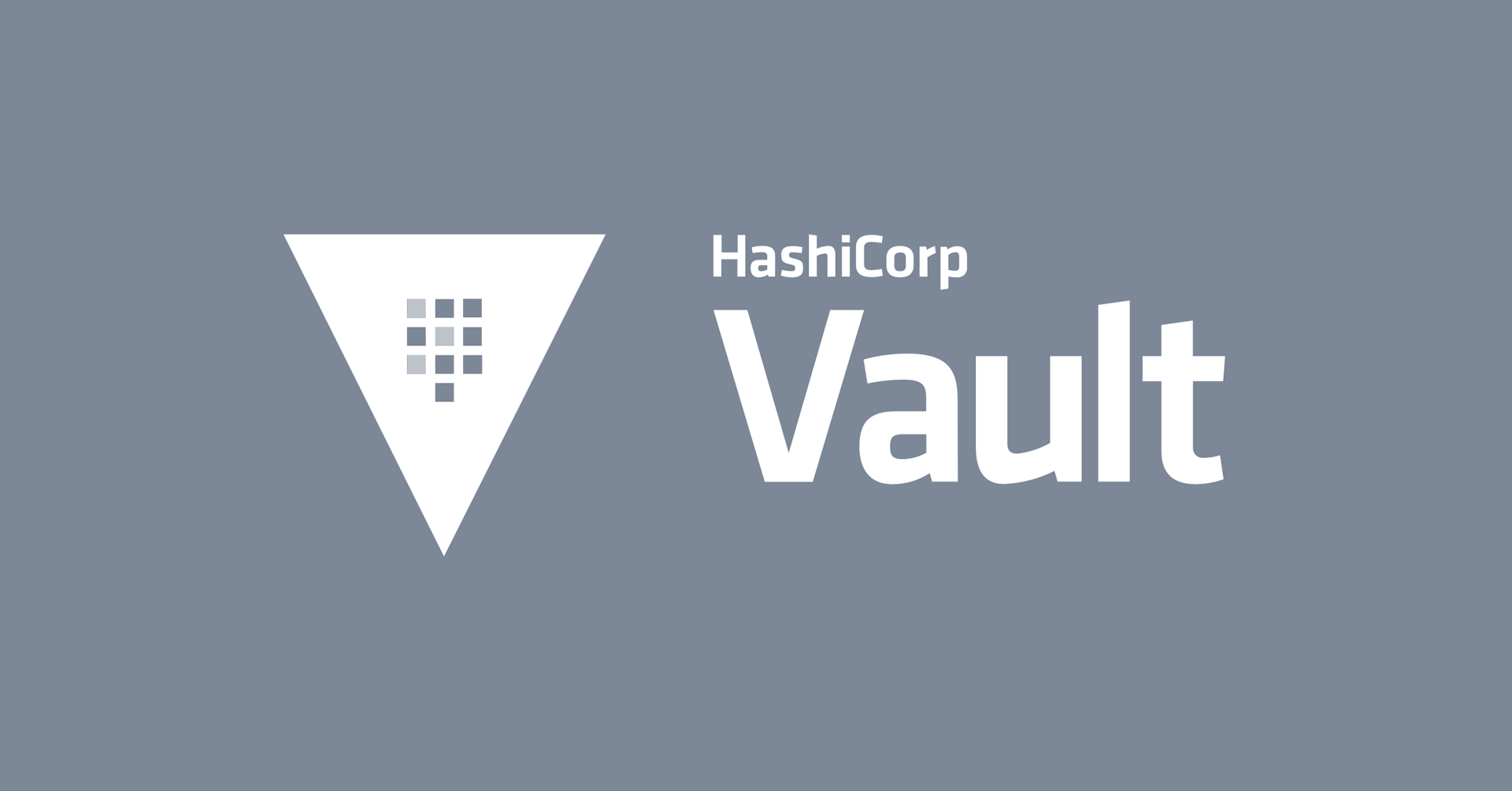Self service infrastructure provisioning with Terraform & AWS Service Catalog
As the world is moving faster towards digital transformation, infrastructure has become an important enabler for organizations in creating better value. Users rely on the organization's DevOps teams for several essential infrastructure services that can include everything from virtual machines, servers, containers, databases, and complete multi-tier applications. Usually the organization's DevOps teams are being flooded with these infrastructure provisioning requests that cannot be serviced, or requests that demand more information on service offerings, which causes DevOps teams to become a bottleneck. This process of getting infrastructure services provisioned is not sustainable for a long period. Such infrastructure services need to be presented to users in an organized, access controlled manner with easy-to-use self service interface and good documentation. That is where the Delivery Infrastructure (DI) Hub comes to help and AWS Service Catalog (SC) along with Terraform can be leveraged to build the DI Hub. AWS SC acts as the single point of contact for users to view the list of eligible & approved infrastructure services, which are compliant with the organization's standards & security requirements, and get them provisioned using Terraform. At its heart, SC is very much like a menu at a restaurant. Without one, customers would find it difficult to place an order. In this talk, you’ll learn - Why do we need a self service DI Hub? - What is DI Hub and its components? - What is AWS Service Catalog? - How does the AWS Service Catalog help to build DI Hub? - Benefits of using AWS SC - AWS SC Demo - SC offerings by other cloud service providers
As the world is moving faster towards digital transformation, infrastructure has become an important enabler for organizations in creating better value. Users rely on the organization's DevOps teams for several essential infrastructure services that can include everything from virtual machines, servers, containers, databases, and complete multi-tier applications.
Usually the organization's DevOps teams are being flooded with these infrastructure provisioning requests that cannot be serviced, or requests that demand more information on service offerings, which causes DevOps teams to become a bottleneck. This process of getting infrastructure services provisioned is not sustainable for a long period. Such infrastructure services need to be presented to users in an organized, access controlled manner with easy-to-use self service interface and good documentation.
That is where the Delivery Infrastructure (DI) Hub comes to help and AWS Service Catalog (SC) along with Terraform can be leveraged to build the DI Hub. AWS SC acts as the single point of contact for users to view the list of eligible & approved infrastructure services, which are compliant with the organization's standards & security requirements, and get them provisioned using Terraform. At its heart, SC is very much like a menu at a restaurant. Without one, customers would find it difficult to place an order.
In this talk, you’ll learn
- Why do we need a self service DI Hub?
- What is DI Hub and its components?
- What is AWS Service Catalog?
- How does the AWS Service Catalog help to build DI Hub?
- Benefits of using AWS SC
- AWS SC Demo
- SC offerings by other cloud service providers



